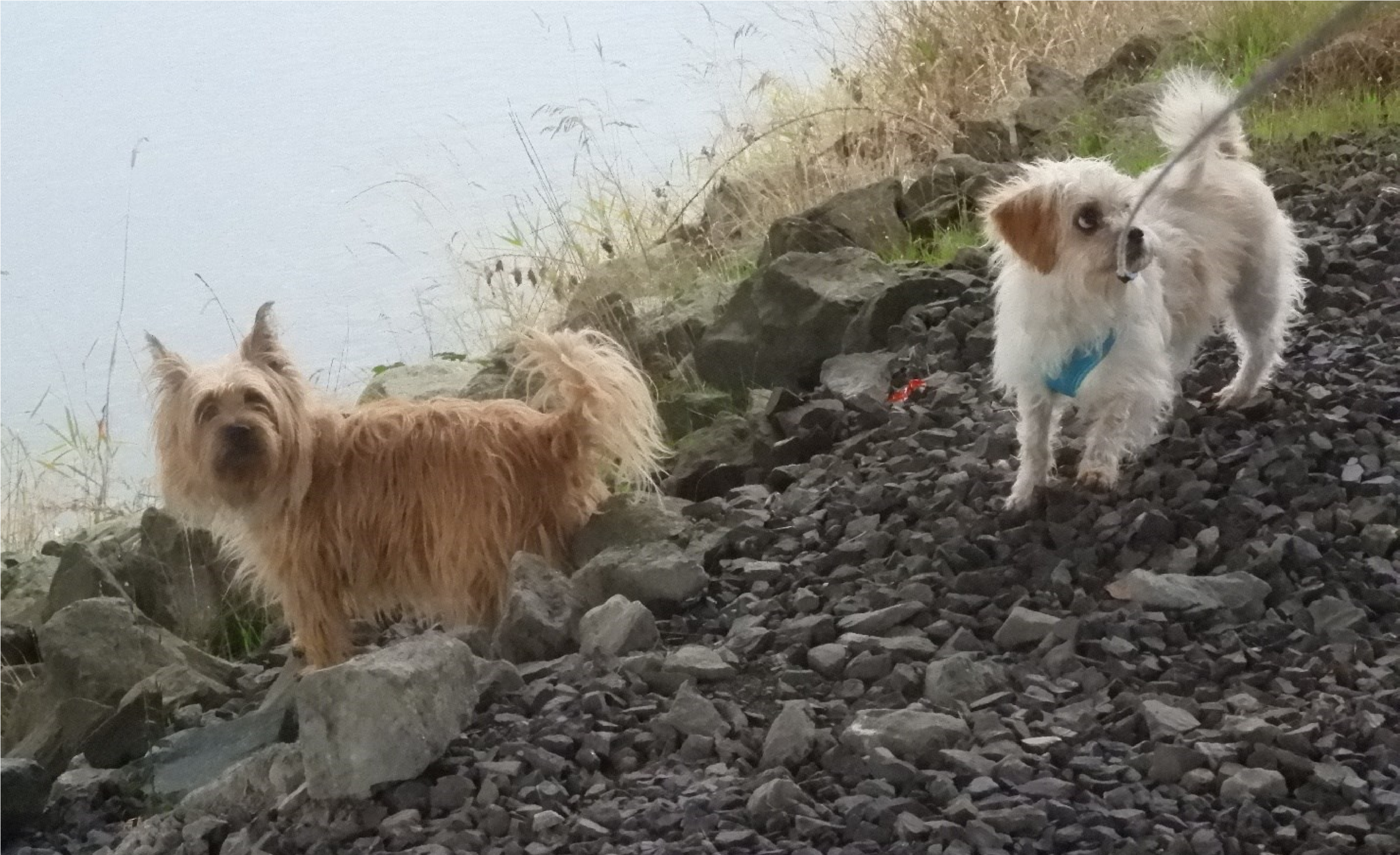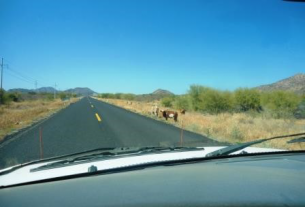By Kirby Vickery on the June 2019 Edition
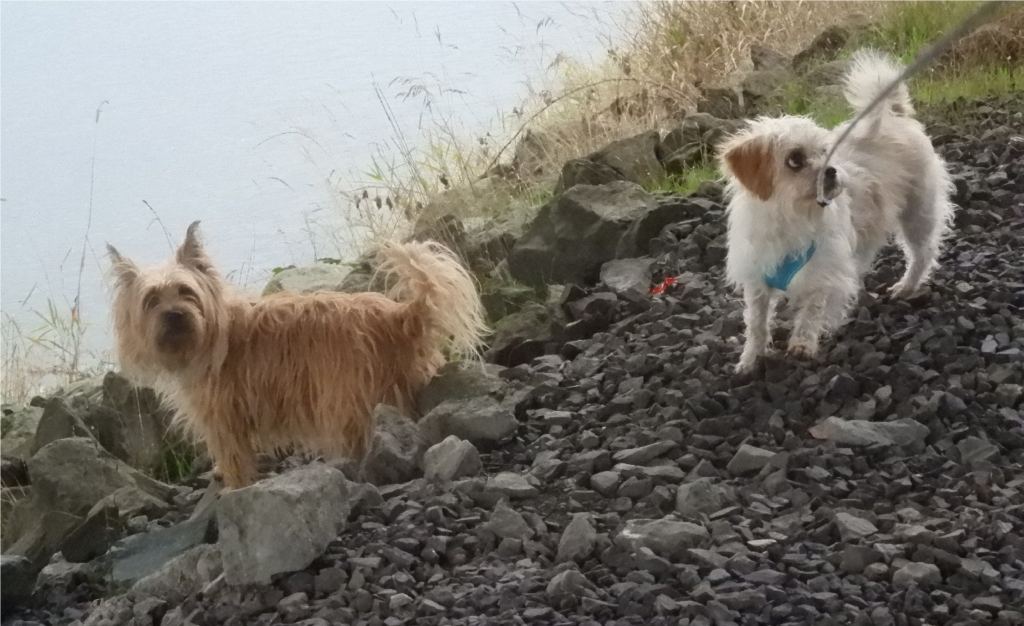
I own a Cairn Terrier whose breed purports to be from Scotland and, even though there are histories that support this thesis, there are internet sites about Scottish dog breeds which deny her existence. My other dog is a ‘Mostly.’ She’s a rescued dog but doesn’t hold the Cairn’s heritage against her.
The Chihuahua’s history is convoluted, and many theories surround the origin of the breed. Both folklore and archaeological finds show that the breed originated in Mexico and then went west into Asia. The most common theory is that Chihuahuas are descended from the Techichi, a companion dog favored by the Toltec civilization in Mexico.
No records of the Techichi are available before the 9th century, although ‘dog pots’ from Colima, Mexico, buried as part of the western Mexico shaft tomb tradition, which date back to 300 BC, are thought to depict Techichis. The early version of this breed were thought to be mute.
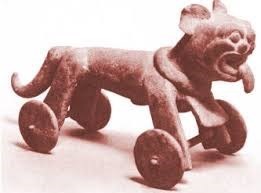
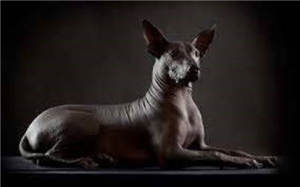
Wheeled dog toys in Mesoamerica range from Mexico to El Salvador. The earliest of these were found at Tres Zapotes in Veracruz, Mexico, which date to 100 AD, indirect evidence that a Chihuahua-like breed was in Mexico over 1400 years before the first Europeans arrived.
It is believed that these little dogs crossed Beringia with the eastward migration of mankind but were mostly used for food until much later in the settling of Mexico.
Xolos (Xoloitzcuintli) are national treasures in Mexico, with a history that goes back at least 3,000 years. Mentions of these “strange hairless dogs” appear in the journals of Columbus and other European explorers. Ancient Aztecs named the breed for their dog-headed god Xolotl.
Evil sorcerers are said to be able to change themselves into black dogs in order to prey upon the livestock of the neighbors of these sorcerers. In central Mexico (such as Oaxaca, Tlaxcala and Veracruz), such a sorcerer is known as a Nahual. According to Wikipedia: In Mesoamerican folk religion, a nagual or nahual (both pronounced [na’wal]) is a human being who has the pow-er to transform, shapeshift beyond the premises of the human form; most often believed to be an animal form.
There is a widespread superstition that, in order to become a nagual, you have to do a pact with the devil and offer him something really special. In the Yucatán Peninsula, they go by the name of Huay Chivo. Another supernatural dog in the folk-lore of Yucatán is the Huay Pek (witch-dog in Yucatec Maya), an enormous phantom black dog that attacks anybody that it meets and is said to be an incarnation of the Kakas Bal, an evil spirit.
In more recent times, the Chinantecs and Mixes of Oaxaca believed that a black dog will help the newly dead to cross any body of water to the land of the dead. The Huitzilan believe that a dog carries the dead on their backs to reach the under-world home of the devil.
A folktale from Tlaxcala tells how some hunters saw an enormous black dog one night and they wanted to capture and keep it. It fled at their approach, so one hunter shot and wounded it in a leg.
The blood trail led them to a richly furnished peasant hut, whose owner was tending a wound in his leg. They gave up and headed for the nearest village. The locals told them that the peasant was a nahual who could transform into a dog to steal riches.
The Tzeltal and Tzotzil Maya of highland Chiapas in Mexico say that a white dog mated with Eve in the Third Creation, produc-ing Ladinos, while a yellow dog fathered the indigenous peoples.
The Ahuizotl is an Aztec creature said to be half dog or half monkey (some say half human). It lives in the lakes and in wa-tery caverns of Central America. Said to protect the waters, it grabs fishermen and unwary humans with its claw-like hand attached to the end of its tail. Being a cunning animal, it would lure victims with a human childlike cry.
When an unsuspecting victim would come near the water’s edge in search of the crying child, it would meet, instead, the grasp of the Ahuizolt’s tail hand. It was feared by the Aztecs, because it enjoyed chewing the most delicate human parts, but it didn’t consume the human flesh. Instead it allowed the flesh to float on the waters after the victim’s demise.
In order to stop these attacks, fishing villages decided to offer a portion of their catch back to the Ahuizotl. They figured the creature’s primary function in the world was to protect the fish in its home land. Offering the fish was said to diminish the number of human victims that the Ahuizotl took, but it never stopped this creature’s attacks.
The full edition or view it online
—
Kirby was born in a little burg just south of El Paso, Texas called Fabens. As he understand it, they we were passing through. His history reads like a road atlas. By the time he started school, he had lived in five places in two states. By the time he started high school, that list went to five states, four countries on three continents. Then he joined the Air Force after high school and one year of college and spent 23 years stationed in eleven or twelve places and traveled all over the place doing administrative, security, and electronic things. His final stay was being in charge of Air Force Recruiting in San Diego, Imperial, and Yuma counties. Upon retirement he went back to New England as a Quality Assurance Manager in electronics manufacturing before he was moved to Production Manager for the company’s Mexico operations. He moved to the Phoenix area and finally got his education and ended up teaching. He parted with the university and moved to Whidbey Island, Washington where he was introduced to Manzanillo, Mexico. It was there that he started to publish his monthly article for the Manzanillo Sun. He currently reside in Coupeville, WA, Edmonton, AB, and Manzanillo, Colima, Mexico, depending on whose having what medical problems and the time of year. His time is spent dieting, writing his second book, various articles and short stories, and sightseeing Canada, although that seems to be limited in the winter up there.
